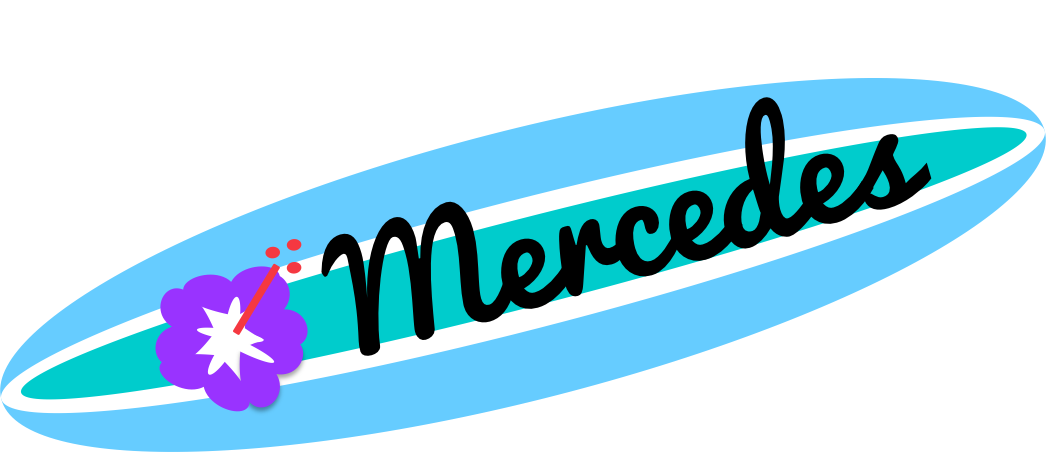While basic addition is introduced in Kindergarten, first, second and third graders often need intervention for addition facts. Having a toolbox full of addition facts strategies will help make the students more comfortable adding which can lead to fact fluency.

Addition Facts Strategy: Put Together

The very first thing for kids to understand is that the addition symbol means they should put things together. Manipulatives are great for this strategy. Put some in one hand. Then, some in the other hand. Put them together. This can easily be done with rekenreks, cups, and more.

While introducing “put together” I like to have students practice writing the equation. This can be done on white boards or these write and wipe cards. I know sometimes teachers want students to be quiet at centers but I encourage the students to read the cards to each other. The more they use math vocabulary the easier math becomes to understand.
Addition Facts Strategy: Part Part Whole

Part Part Whole is basically the same as the put together strategy with a specific graphic organizer. This strategy will come in handy when working on subtraction. This strategy can start out with manipulatives and then move to numbers.
Addition Facts Strategy: Number Line

Number lines can be provided with numbers or blank (open number line). When I first started teaching in the late 90s, we always provided the numbers. As open number lines became part of our curriculum, I’ve really fallen in love with the flexible thinking I see with kids, especially with two digit addition and up.
If you are teaching kindergarten or first graders who write slowly, a number line with numbers provided can be practical. If your kids are a little older and comfortable writing numbers quickly, I recommend moving to open number lines.

The beauty of number lines is that students can start to see how taking a number and counting on can be a time saver. If you’ve ever sat with a kid who counts every number, you know how slow and tedious it can be. “3+6 1,2,3…4,5,6,7,8,9” With a number line, the child can point to 3 and count on six more.
Addition Facts Strategy: Take the Bigger Number and Count On
If we take that same problem, and get the kid to circle the bigger number, we can help them speed up the process. Now they can point to the bigger number on the number line and only hop three spaces.
This can be done while counting on fingers. It helps with some kids to add a gesture to saying the largest number. That gesture can be making a fist like a Rock Paper Scissors movement. It can also be “put the bigger number in your head” by tapping their temple. The key is to say the bigger number and then count on.
This strategy becomes especially important when the sun is more than ten. Many kids get stuck because they relied on counting both numbers on their fingers and then run out of fingers they feel like they don’t know how to add anymore. The sooner we teach students to count on the better.
Addition Facts Strategy: Turn Around Facts

I always introduce this activity with kids holding white boards or number cards that show an addition fact. We talk about who can trade places and have the answer still be true. This is their first introduction to algebraic concepts but they don’t really need to know that.

Once kids realize that 2+7 has the same answer as 7+2, they feel like they’ve learned a secret. They love how quickly they can find sums and their confidence grows.
This is a great time to introduce flexibility with the equal sign. 7+2=9 is the same as 9=7+2. The earlier this concept is introduced, the better.
Addition Facts Strategy: Make Ten

Understanding the numbers that make ten will make adding larger numbers and flexible thinking so much easier.
For kids who use their fingers, there is a simple trick.
3+_=10
Show 3 fingers. How many fingers are down? That is the missing number because you have ten fingers.
Kids love to draw that Friends of Ten rainbow. If you draw it, have them look for patterns.

Another great way to practice this strategy is with a ten frame and red yellow counters. Drop ten counters, write the addition problem that makes 10.
Addition Facts Strategy: Make Ten to Add Nine
Once students are good at the making ten strategy they can apply it in many ways. One way to use the making ten strategy is to use it to add 9. If you were to try to teach the strategy by explaining it with words, it could be very confusing for kids. But using a ten frame to demonstrate the strategy can help kids find their own words.

Addition Facts Strategy: Doubles
Doubles are having two groups of equal size. It starts introducing the concept of equal groups and prepares kids for multiplying by twos.


















Leave a Reply